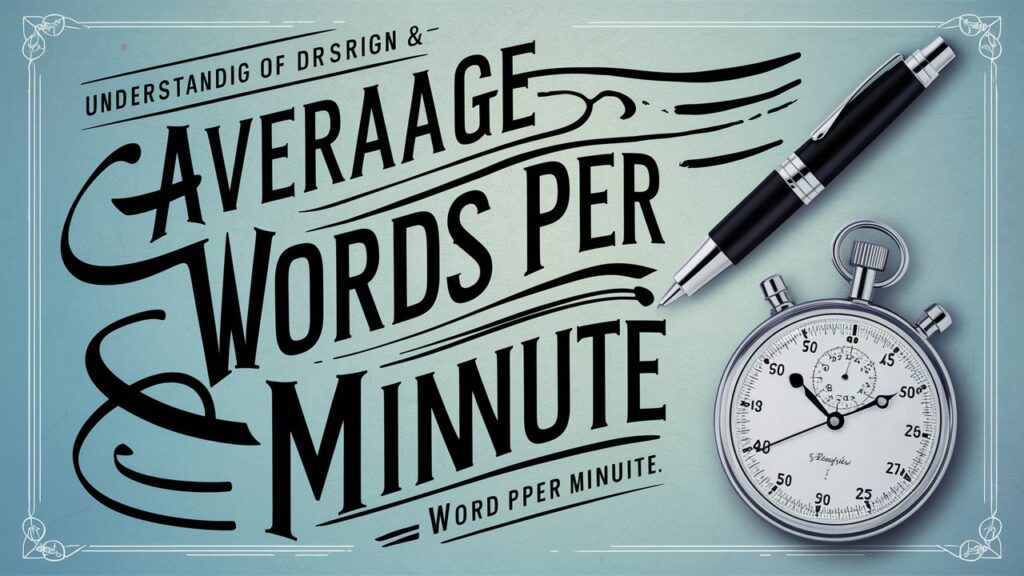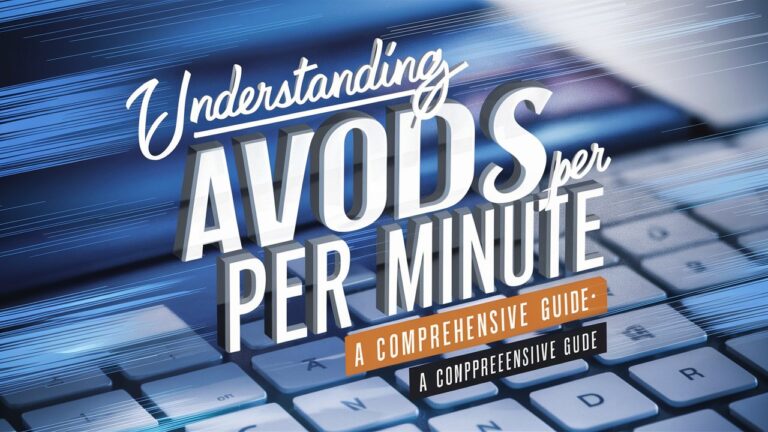Introduction to Average Words Per Minute (WPM)
The concept of average words per minute (WPM) is a metric used to quantify efficiency in communication, whether through typing, reading, or speaking. This measurement plays a critical role in education, professional environments, and personal productivity. For instance, employers often assess typing speed to determine a candidate’s suitability for administrative roles, while educators use reading speed to evaluate comprehension skills. Similarly, public speakers and content creators rely on spoken WPM to engage audiences effectively. In this article, we’ll explore the nuances of WPM across different contexts, factors influencing it, and strategies to improve your performance.
The Importance of Typing Speed in the Digital Age
Typing speed is one of the most commonly referenced applications of WPM. The average typing speed for adults ranges between 38–40 WPM, with advanced typists reaching 65–75 WPM or higher. Professions like data entry, transcription, and journalism demand faster speeds to meet deadlines and maintain accuracy. Tools like typing tests (e.g., TypingTest.com) help individuals benchmark their abilities. However, speed alone isn’t enough—accuracy matters equally. Errors can negate the benefits of fast typing, especially in fields requiring precision. To improve, practice touch typing, use ergonomic keyboards, and leverage software like Keybr or TypingClub for structured training.
How Reading Speed Impacts Learning and Productivity
Reading speed measures how quickly someone can process written text while retaining comprehension. The average adult reads at 200–300 WPM, though this varies based on material complexity. Speed reading techniques, such as minimizing subvocalization or using a pointer, can push this to 400–700 WPM. However, faster speeds may compromise understanding, particularly with technical content. Students and professionals often balance speed and comprehension—skimming emails versus analyzing reports. Tools like Spreeder offer exercises to enhance reading efficiency, but consistent practice and vocabulary expansion are key to sustainable improvement.
Speaking Speed: Finding the Right Pace for Effective Communication
Speaking speed is vital in presentations, podcasts, and everyday conversations. The average speaking rate is 120–150 WPM, though this fluctuates with context. TED Talk speakers, for example, average 163 WPM to maintain engagement without overwhelming listeners. Too slow, and the audience may lose interest; too fast, and clarity suffers. Cultural factors also influence preferences—some languages or regions favor slower delivery. To refine your speaking WPM, record yourself, practice pacing with metronome apps, and solicit feedback to strike a balance between confidence and intelligibility.

Factors Influencing Average Words Per Minute
Multiple variables affect average WPM across typing, reading, and speaking. Age and experience are primary determinants—children typically type and read slower than adults. Cognitive abilities, such as working memory and focus, also play a role. For typists, keyboard familiarity and hand-eye coordination are critical. Readers may struggle with dense terminology or distractions, while speakers contend with nervousness or lack of preparation. Environmental factors like noise, lighting, and ergonomics further impact performance. Understanding these variables helps tailor strategies for improvement.
How to Improve Your Average Words Per Minute
Enhancing your average WPM requires targeted practice. For typing, prioritize accuracy before speed, and gradually increase difficulty with complex texts. Reading improvements involve expanding vocabulary, practicing skimming, and using apps like ReadSpeeder. Speaking drills might include tongue twisters, script rehearsals, or joining groups like Toastmasters. Consistency is crucial—dedicate 15–30 minutes daily to exercises. Track progress with tools like TenFastFingers (typing) or Speechlogger (speaking), and adjust goals as you advance.
Frequently Asked Questions (FAQs) About Average WPM
1. What is considered a “good” typing speed?
A “good” typing speed is subjective but generally falls around 65 WPM with high accuracy. Roles like transcription may require 75–100 WPM.
2. Can reading speed be improved without losing comprehension?
Yes! Techniques like chunking text, reducing backtracking, and previewing material can boost speed while preserving understanding.
3. How does speaking WPM differ from typing or reading WPM?
Speaking WPM involves vocal delivery and pacing, whereas typing/reading WPM focus on mechanical or visual processing. Ideal rates vary by context—conversations may be slower, while audiobooks average 150–160 WPM.
4. Do bilingual individuals have different WPM rates?
Multilingualism can influence WPM, especially if switching between languages with distinct structures. However, practice can mitigate delays.
5. Are there industry standards for WPM in professions?
Yes! Data entry roles often require 60+ WPM, while closed captioners need 180+ WPM. Check job descriptions for specific benchmarks.
Conclusion: Mastering Average Words Per Minute for Success
Understanding and optimizing your average words per minute is a powerful skill in today’s fast-paced world. Whether you’re drafting reports, absorbing research, or delivering speeches, refining your WPM can unlock efficiency and confidence. Remember, progress takes time—focus on incremental gains, leverage technology, and adapt strategies to your unique needs. By prioritizing both speed and quality, you’ll excel in academic, professional, and personal endeavors. Start today, and watch your productivity soar!
This article provides actionable insights and answers common questions to help readers harness the power of WPM. Share your progress or tips in the comments below!
